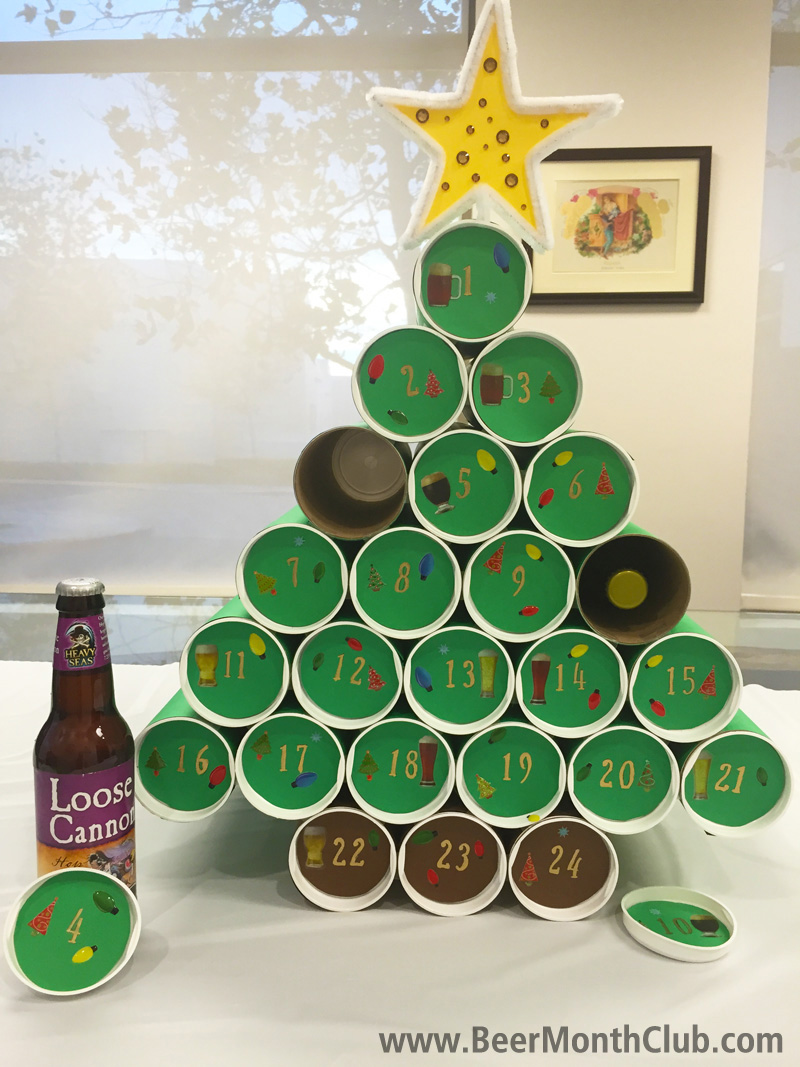 This month’s featured Space Ace Oddity is bottle-conditioned with Brettanomyces, which adds significant layering of tropical flavors and aromatics to that beer. I recently finished reading a sample copy of Michael Tonsmeire’s American Sour Beers (Brewers Publications), which heads into a serious and wisely focused study into how the most influential U.S. sour-beer brewers are handling things like different combinations of Brett strains and souring bacteria, aging on wood (and elsewhere), spontaneous fermentation (and wild-yeast wrangling), and a great deal of the process-based nuance and personal flair that goes into making these complex beers. It also has a detailed section about how ten key places—New Belgium, Jolly Pumpkin, Russian River, Lost Abbey / Pizza Port, Cambridge, Captain Lawrence, The Bruery, Cascade, Ithaca, and Allagash—approach sour beer production (including production-schedule flowcharts).
This month’s featured Space Ace Oddity is bottle-conditioned with Brettanomyces, which adds significant layering of tropical flavors and aromatics to that beer. I recently finished reading a sample copy of Michael Tonsmeire’s American Sour Beers (Brewers Publications), which heads into a serious and wisely focused study into how the most influential U.S. sour-beer brewers are handling things like different combinations of Brett strains and souring bacteria, aging on wood (and elsewhere), spontaneous fermentation (and wild-yeast wrangling), and a great deal of the process-based nuance and personal flair that goes into making these complex beers. It also has a detailed section about how ten key places—New Belgium, Jolly Pumpkin, Russian River, Lost Abbey / Pizza Port, Cambridge, Captain Lawrence, The Bruery, Cascade, Ithaca, and Allagash—approach sour beer production (including production-schedule flowcharts).
It’s pretty geeky and glorious stuff. And, in the context of The Rare Beer Club, many of these are familiar names. I rummaged through my collection of rare empties to see what I’d tasted and kept around that was mentioned in the book, snapping photos for Instagram, obviously, but my oldest experiences with at least a few formative beers in the book came from orders I must have placed with The Rare Beer Club like a dozen years ago. My first taste of Pizza Port Cuvee de Tomme—a hugely influential beer with raisin puree, sour cherries, and three house strains of Brettanomyces, created by Tomme Arthur—was through The Rare Beer Club back in March 2005. Ditto for Rodenbach Grand Cru, a feature in January 2006, and Jolly Pumpkin Bam Noire (August 2007) and Weizen Bam (July 2008). Either I or someone else in our DC tasting crew snagged it via The Rare Beer Club. While I’d shortly thereafter leave the country and subsist on Nicaraguan lager for a number of long months, these and similarly formative beers were a big part of why I started writing about the drink professionally when I got back. If you’ve been digging the sour stuff for a bit—Tonsmeire’s book offers top-notch nostalgia.
Cheers!
Ken



